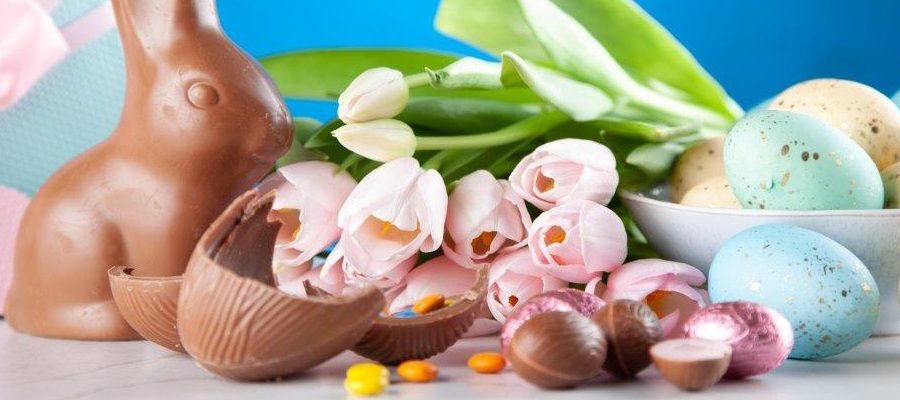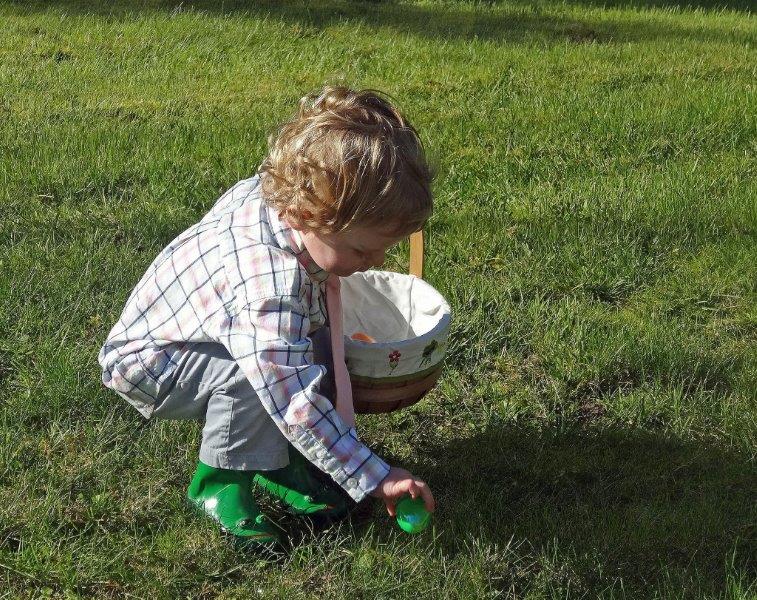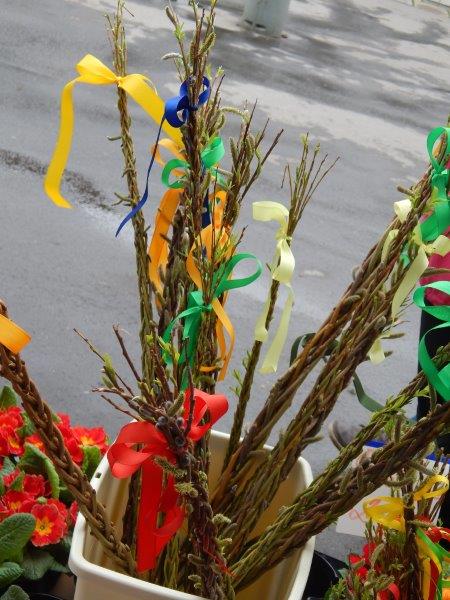After a few months of winter, we all joyfully welcome spring.
Easter, the most important event for all Christians, comes with the beginning of spring. Easter is primarily a Christian festival, marking the death of Jesus Christ, and many people go to church. This festival also brings the end of the period of Lent. It is traditional to eat Hot Cross Buns / buns with a white cross on their surface on Good Friday. On Good Friday people remember the day when Jesus died on the cross. Easter Sunday is the Sunday after Good Friday. Christians believe that Jesus rose from the dead on Easter Sunday.
The date of Easter is different every year. But Easter always comes between 22 March and 25 April.
On Easter Sunday you can see Morris dancers performing old spring dances. They are mainly men, dressed in white shirts, black trousers and straw hats with lots of flowers. They also wear red and green ribbons with little bells on them. When they move quickly the bells ring and the ribbons wave.
Some time before Easter, you can choose from lots of chocolate eggs in the shops. Some English people also paint Easter eggs. They give these eggs like presents on Easter Sunday. There is also a tradition, that parents tell their children that the Easter Bunny brings Easter eggs and hides them in the garden. Children then take baskets and look for the eggs. the child who finds the most eggs is the winner. This is called egg hunt.
Whose tradition is it?
Look at the pictures and decide if it’s an Easter tradition of your or an English-speaking country. Explain.
Whose traditions are these? Write SK/CZ, UK/US or both to each.
a, Easter is named after the goddess1 of spring, Eostre. Her symbol was a bunny. ___
b, Kids roll boiled2 eggs downhill. The player whose egg breaks last, wins. ___
c, An Easter Bunny leaves sweets and chocolate eggs in the garden and the kids must find them. This is called an ‘egg hunt’. ___
d, Boys pour3 water on girls to keep them fit and pretty all the year. Boys also spray some perfume on each girl’s hair. ___
e, A White House tradition is that many children and parents push the eggs through the grass with wooden spoons4. ___
f, Some cities have Easter parades5. One of the most famous is the New York City Easter Parade. In the past rich people paraded the streets to show their new fine clothes. Today anyone can join or just watch the colourful costumes. ___
g, Boys whip6 girls with hand-made willow7 whips to keep them healthy and fresh. Each whipped girl puts a ribbon8 on the whip. ___
h, Kids decorate Easter eggs. ___
i, Girls give the boys decorated eggs or chocolate in return. They also offer some traditional food – ham, potato salad and some cakes. ___
1[ˈgodis] – bohyňa/ bohyně; 2[boild] – varený/ vařený; 3[poː] – liať/ lít; 4[spuːns] – lyžice/ lžíce; 5[pəˈreids] – sprievody/ průvody; 6[wip] – šibať, korbáč/ šlehat, pomlázka; 7[ˈwiləu] – vŕbový/ vrbový; 8[ˈrib(ə)n] – stužka
DISCUSS
- Which Easter tradition do you like best? Why? Which don’t you like? Why?
- In Slovakia, ‘women hate Easter, and men love it.’ Do you think this is true? Why?
- Why is it a good idea to get some dry clothes ready on Easter Monday in Slovakia/Czechia?
Correct answers
SK/CZ: d, g, i; UK/US: a, c, b, e, f; both: h



